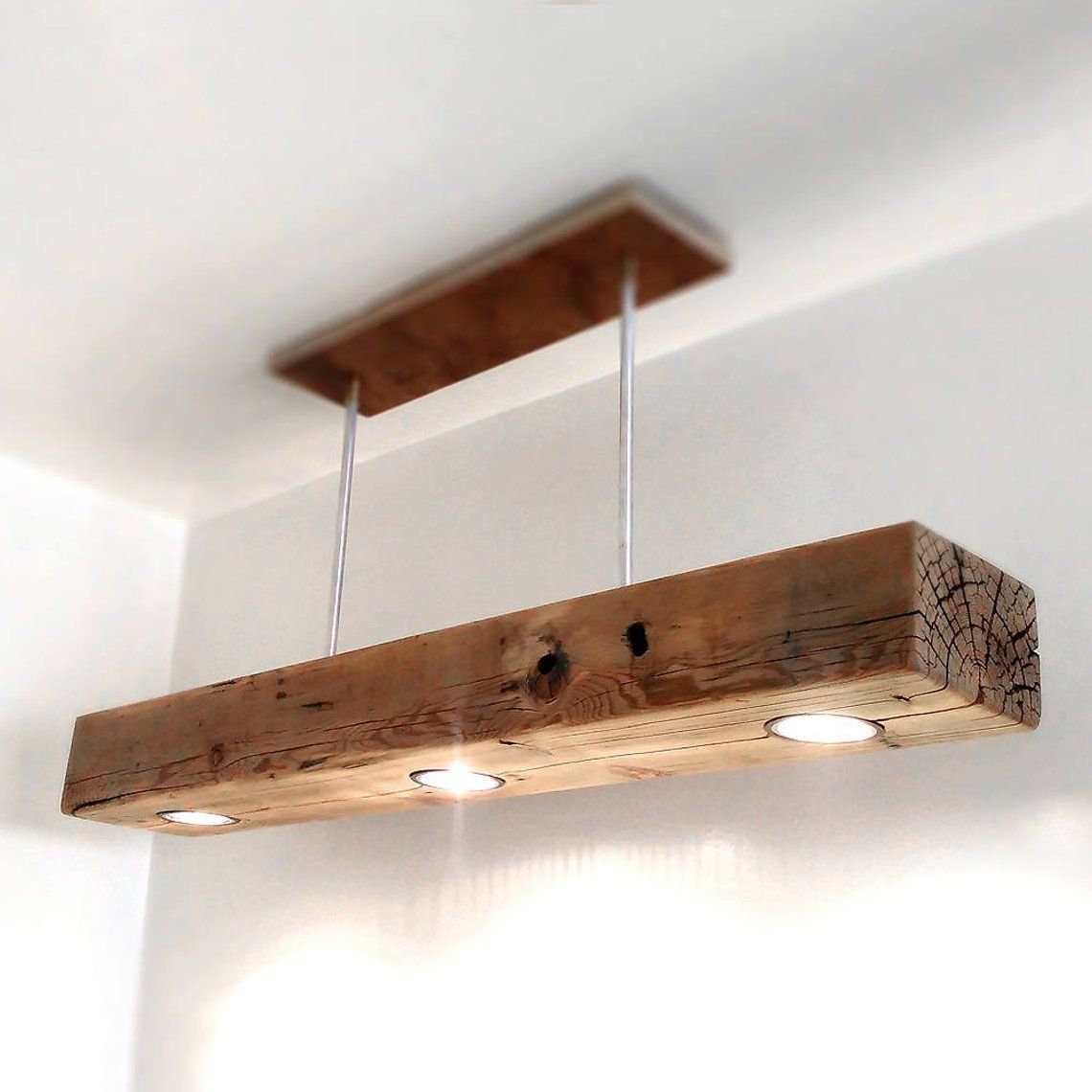The most common SSDs have NAND flash memory chips with millions of storage cells that trap electrons. Each cell can contain a bit of data—a one or a zero.
Compared to HDDs, SSD drives offer:
Speed
The most obvious advantage of SSD over HDD is speed. Unlike HDDs that use spinning platters, SSD drives use NAND memory chips that are faster to read and write data. As a result, SSDs boot up faster, programs load quickly and files can be saved much quicker.
NAND SSDs can be as much as 25 to 100 times faster than HDDs, depending on the manufacturer and model. They are also more durable, since they don’t have moving parts. This means that physical and environmental pressures such as rattling and drops won’t damage the drive as they would an HDD.
Some SSDs come in a small form factor that is the size of a thumb drive, while others plug directly into a motherboard’s PCIe slots. The PCIe technology enables these SSDs to achieve high speeds that rival HDDs. Some are even able to reach up to 32 Gb/s and 3.9 GB/s transfer rates. Modern SSDs also feature a process known as wear leveling, which spreads out the number of writes to each cell.
Reliability
Solid state drives are much faster and more reliable than traditional magnetic hard disk drives (HDDs). They have no moving parts, use less electricity, can withstand more shocks and vibration, and are available in larger capacities at lower costs.
However, the reliability of an SSD depends on a number of factors. One of the most important is the lifespan of the drive’s storage memory cells. These cells have a finite number of write cycles, and if too many are used up, the SSD may start to fail.
SSD manufacturers publish MTBF figures that show how long an SSD can expect to last under specific conditions. The numbers can be misleading, though. A 1.2 million hour MTBF means that a sample set of SSDs will experience errors at a rate of 1.2 million hours, on average. Modern SSDs also contain spare cells that replace dead ones, extending their lifespan. If you were to write data to an SSD 24 hours a day, it would take decades for the drive to break down.
Cost
It’s no secret that SSD drives cost more than HDDs for the same storage space. However, the price is rapidly dropping thanks to 3D NAND technology and will likely reach parity with HDDs soon.
In addition, since an SSD doesn’t have any moving parts, it can be more durable. Drops, rattling and vibrations won’t cause your drive to fail as they could with an HDD.
Another advantage is that SSDs use less energy. The moving mechanical parts of an HDD require more power to spin, creating a lot of heat. An SSD runs much cooler and uses minimal energy to operate, which saves your IT team money in maintenance costs and electricity bills. This energy efficiency can also improve your data center’s sustainability rating. For a business with heavy computing demands, it makes sense to switch over to SSDs to cut down on your data access times and increase performance. This is especially true for demanding environments like VDI.
Lifespan
The lifespan of SSDs depends on how much you write to them. You will find that most SSDs have their total TBW (terabytes written) listed in the product warranty. This number indicates how much you can write to a drive before the manufacturer will consider it worn out.
If you want to maximize your SSD’s lifespan, you should avoid writing data to it as much as possible. This will minimize the amount of P/E cycles and slow down aging. You should also refrain from using your SSD for tasks that were designed for traditional hard drives.
Although it’s true that SSDs have a limited lifespan, the good news is that modern manufacturers incorporate technologies such as wear leveling to increase their longevity. These technologies help to balance the writes across the entire storage cells of an SSD and delay the onset of aging. Moreover, there are tools available online for monitoring and maintenance of SSDs, which can greatly extend their operating lifespans.


